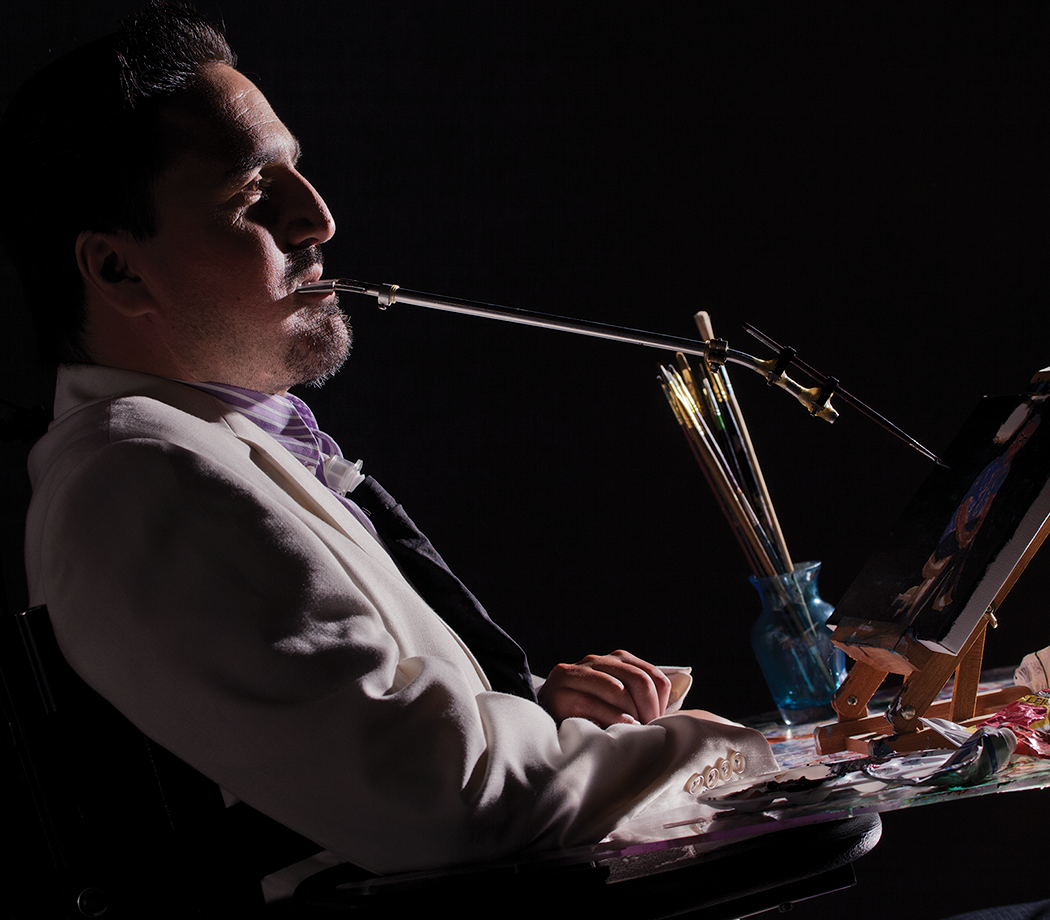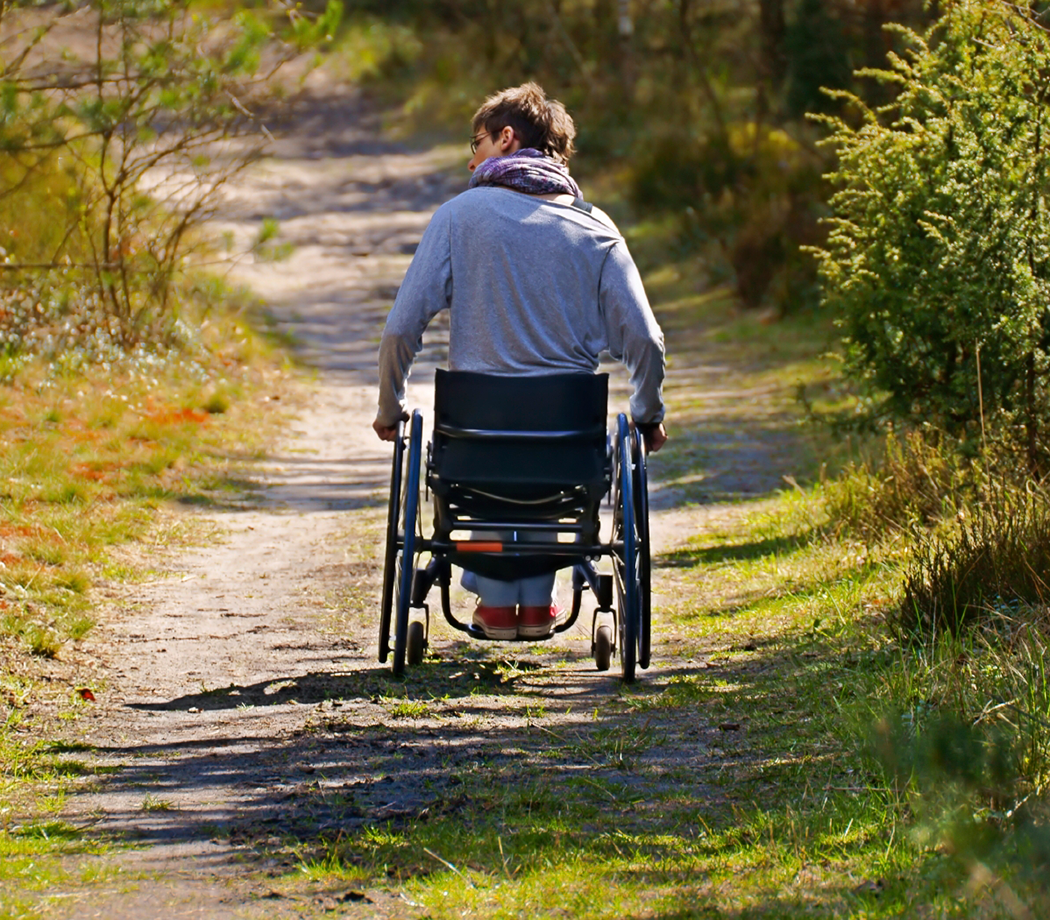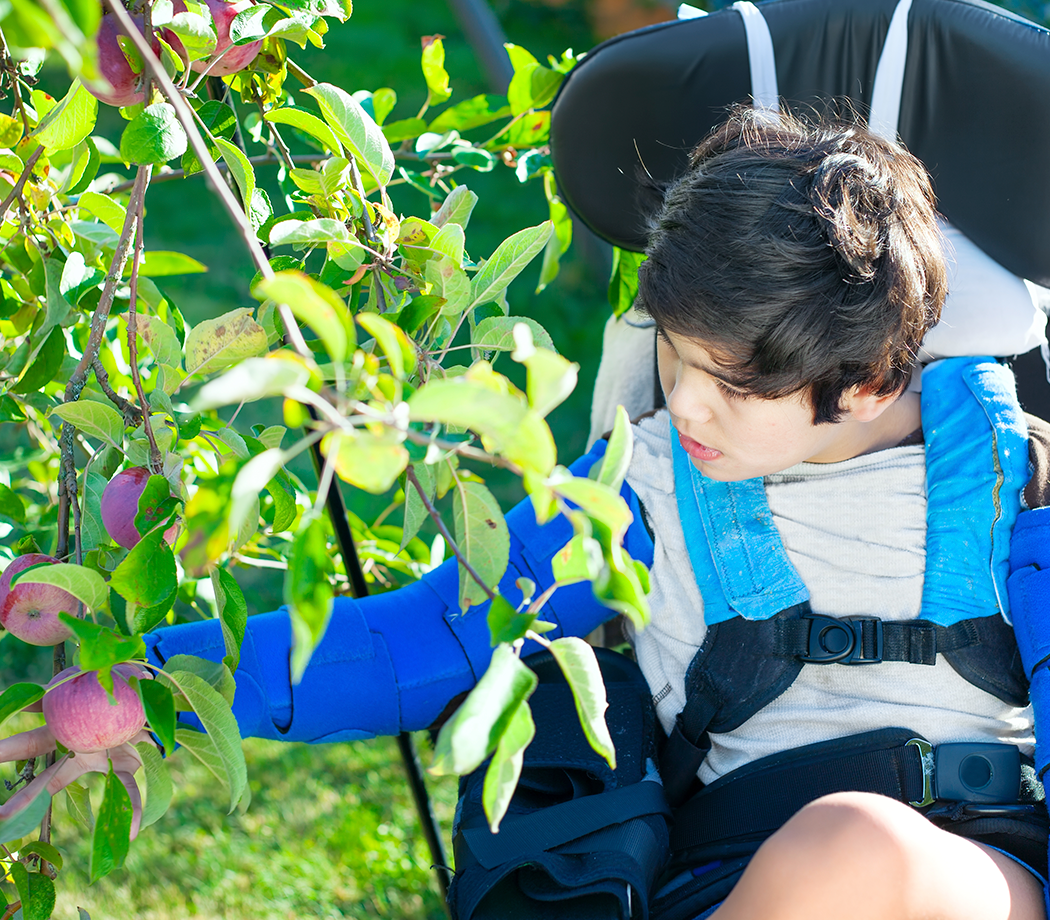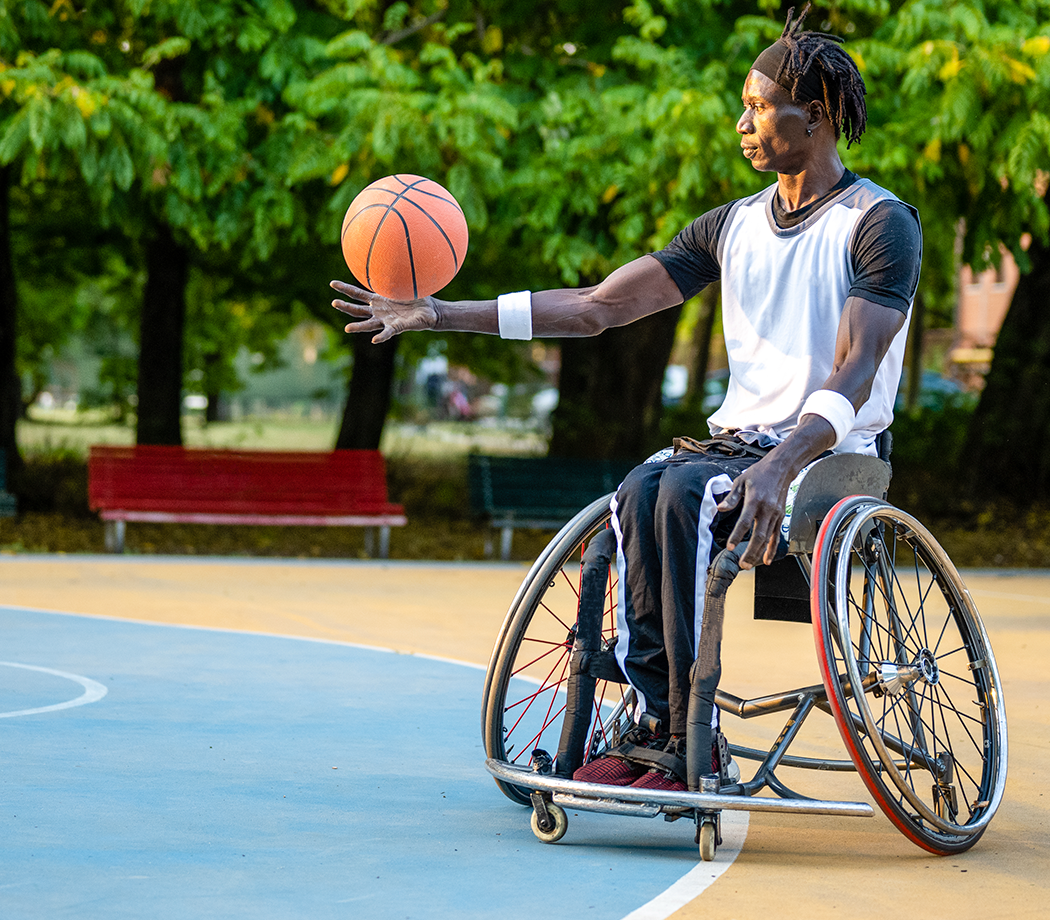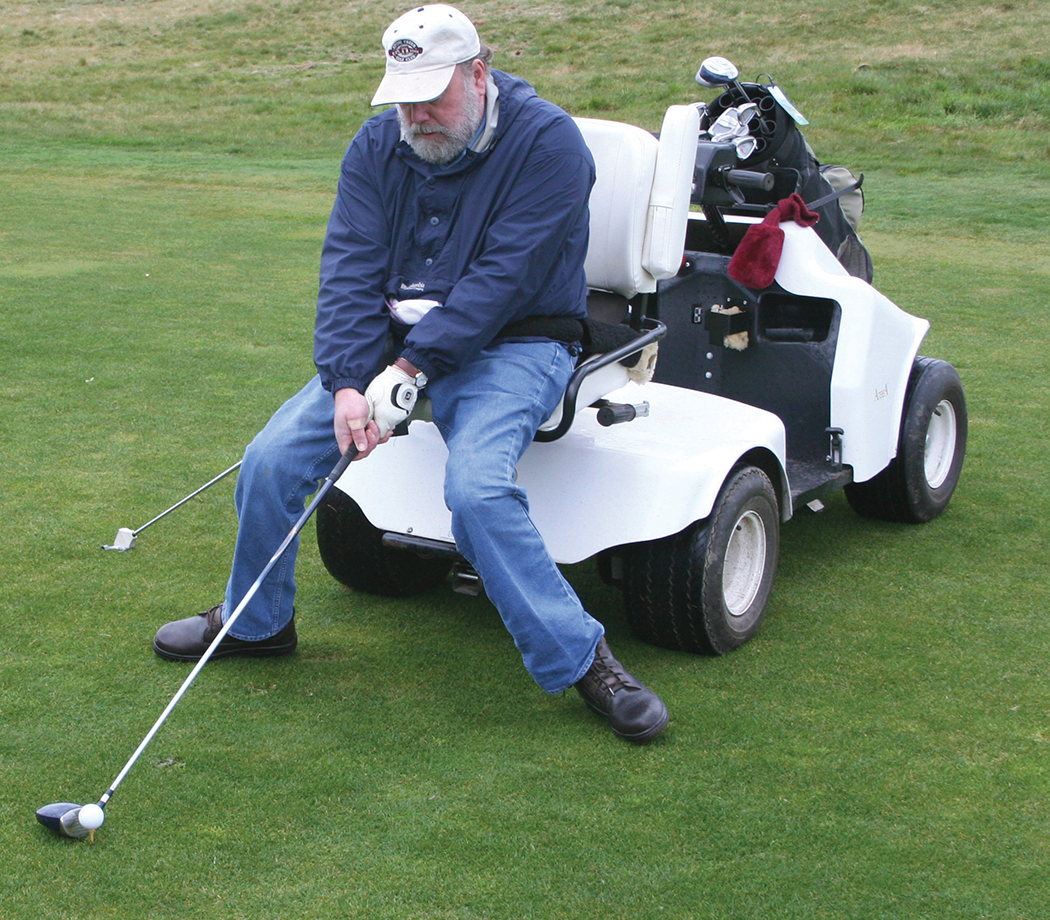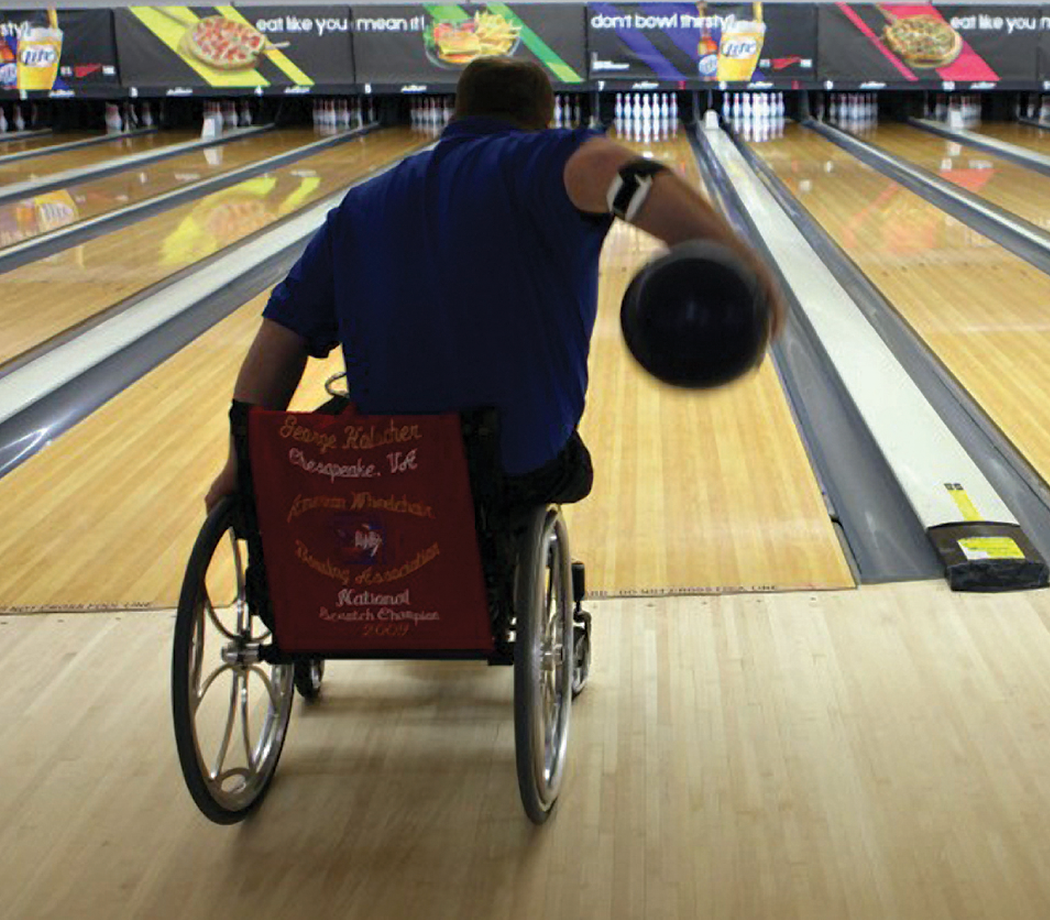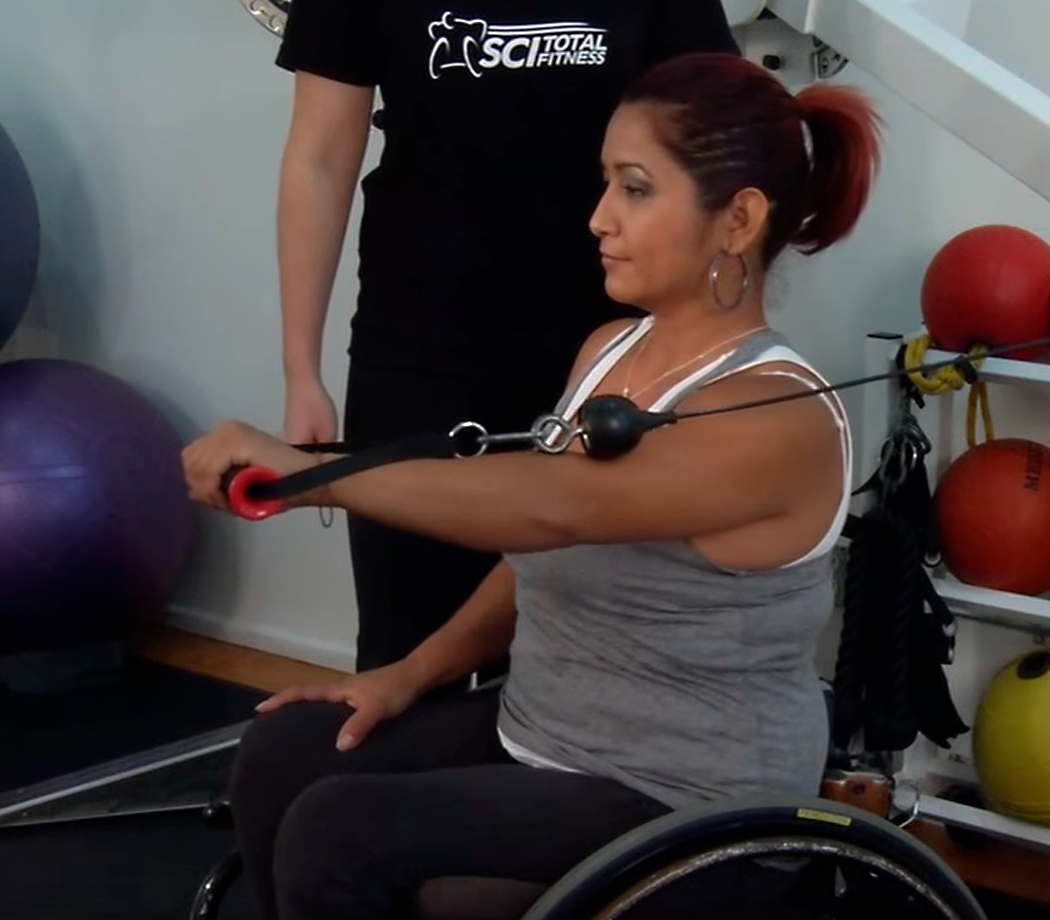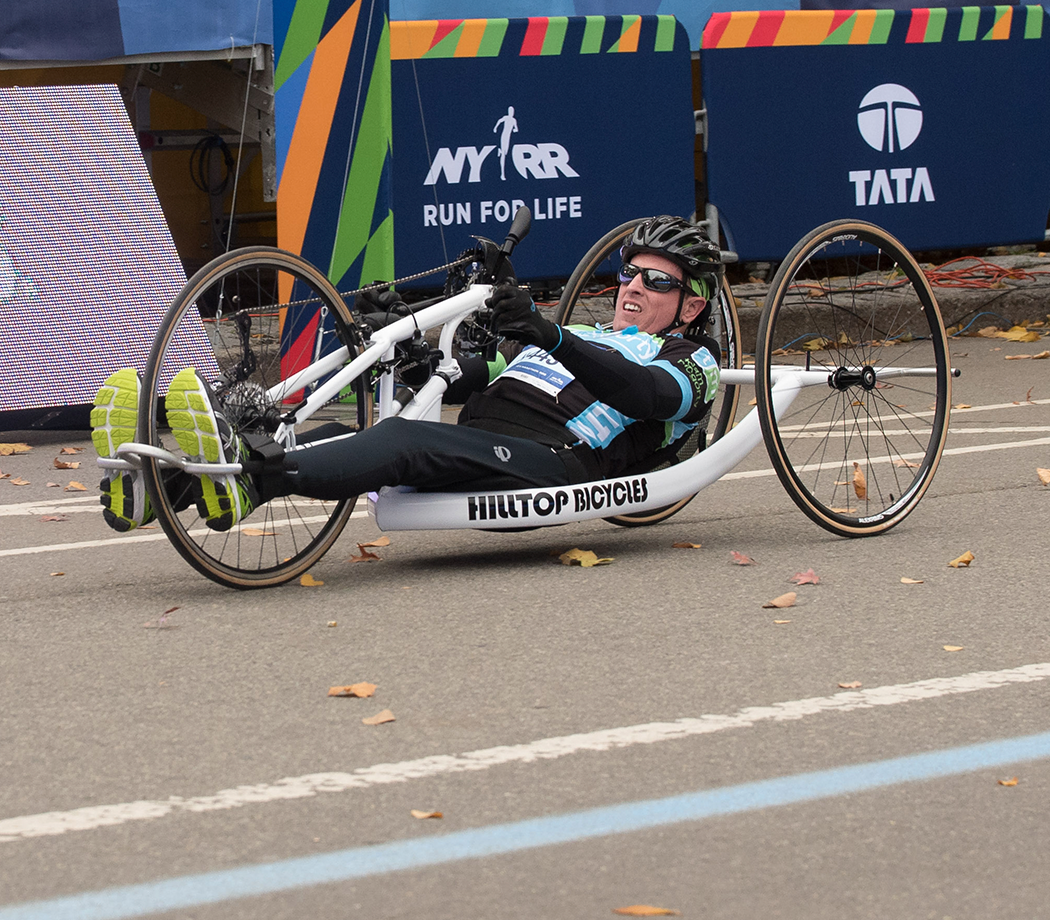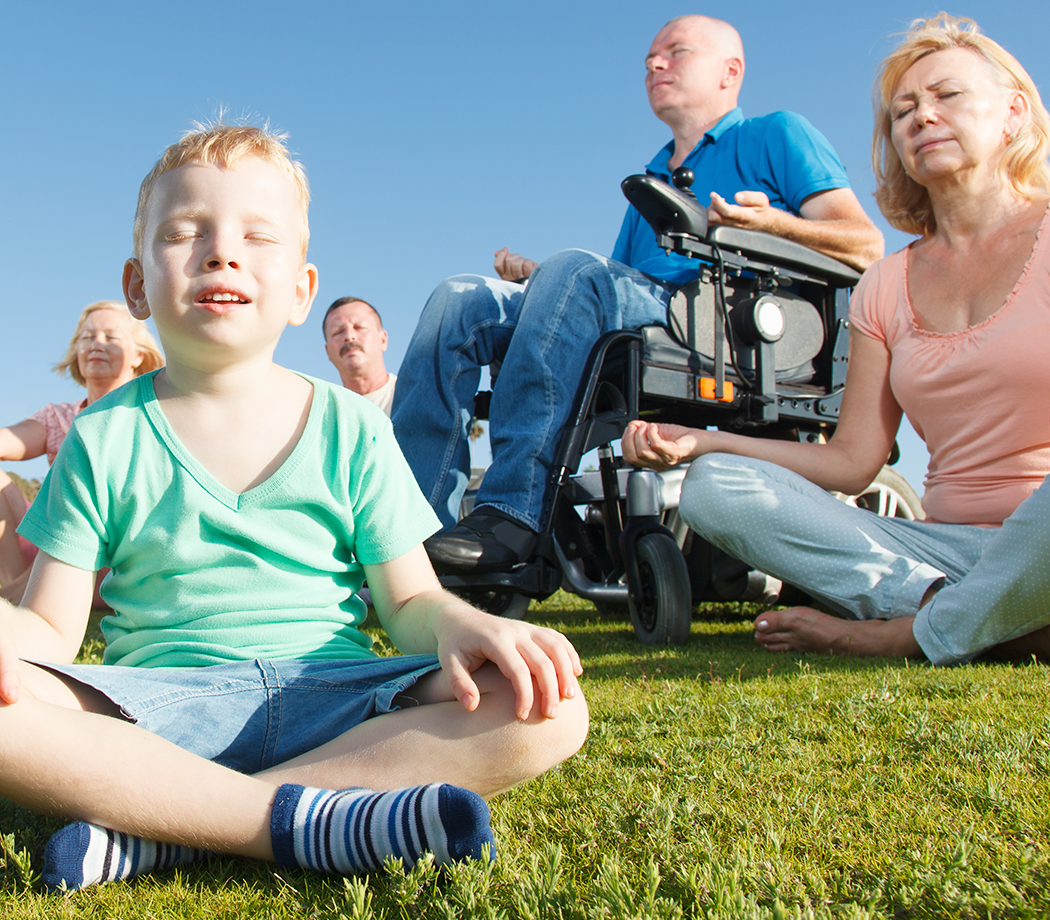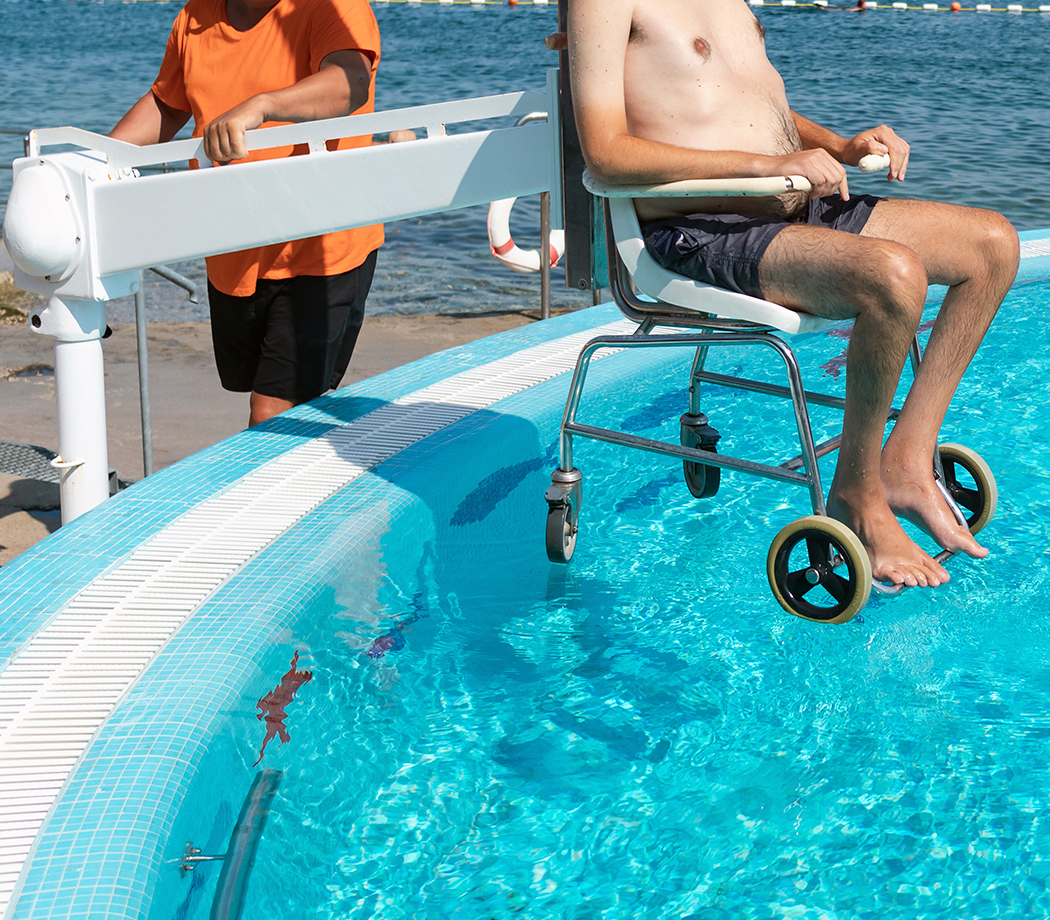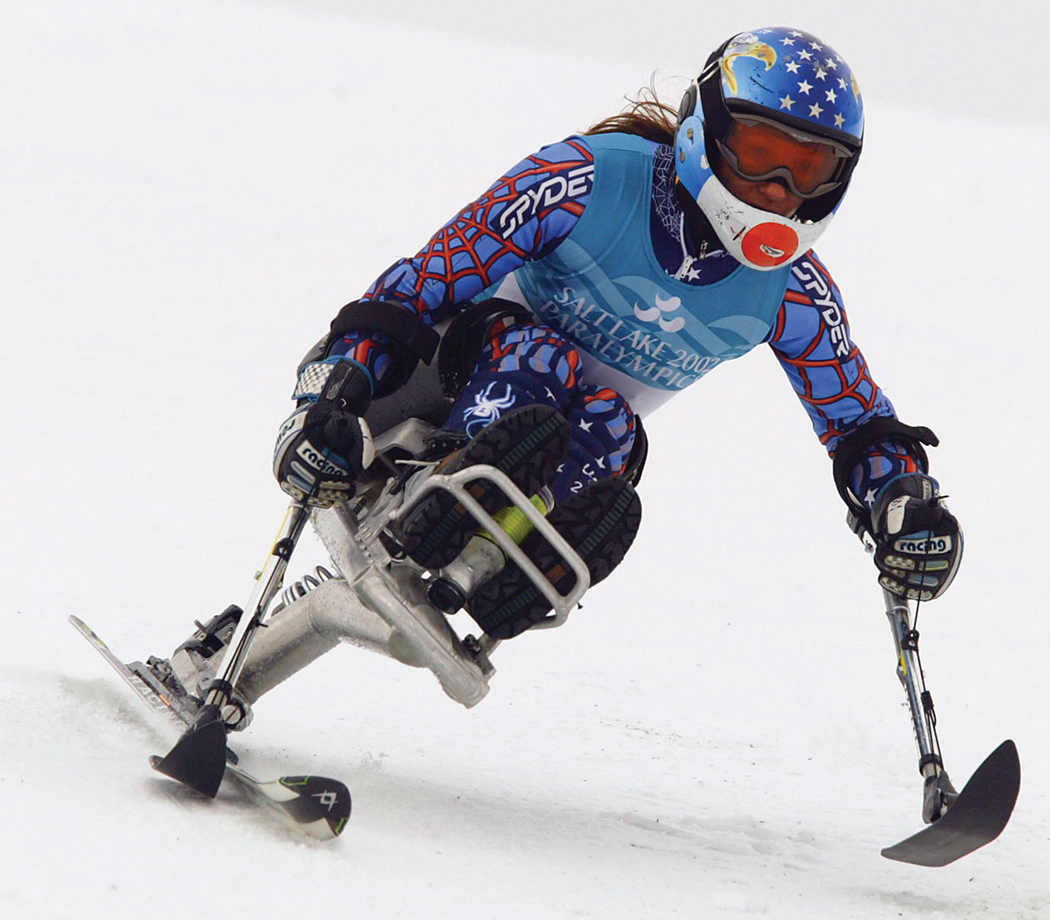The Importance of Exercise
It’s never too late to get a fitness program going. Exercise is good for mind and body, and almost anyone can do it, regardless of functional capabilities.
Some people exercise to buff up. Others do it to get stronger, to build endurance and stamina, to help keep joints loose and flexible, to reduce stress, to get more restful sleep, or just because it makes them feel better. Either way, exercise is important to enhance health and quality of life.
Exercise is Good for You
No doubt about it, exercise is good for you. Physical activity helps prevent secondary conditions of paralysis such as heart disease, diabetes, pressure sores, carpal tunnel syndrome, obstructive pulmonary disease, hypertension, urinary tract infections and respiratory disease.
Research shows that people with multiple sclerosis (MS) who joined an aerobic exercise program had better cardiovascular fitness, better bladder and bowel function, less fatigue and depression, a more positive attitude and increased participation in social activities.
In 2002, seven years after his injury, Christopher Reeve demonstrated to the world that he had recovered modest movement and sensation. His recovery defied medical expectations but had a dramatic effect on his daily life.
Christopher Reeve believed his improved function was the result of vigorous physical activity.
He began exercising the year he was injured. Five years later, when he first noticed that he could voluntarily move an index finger, Reeve began an intense exercise program under the supervision of Dr. John McDonald, then at Washington University in St. Louis, who suggested that these activities may have awakened dormant nerve pathways, thus leading to recovery.
Reeve included daily electrical stimulation to build mass in his arms, quadriceps, hamstrings and other muscle groups. He rode a functional electrical stimulation (FES) bicycle, did spontaneous breathing training and also participated in aquatherapy.
In 1998 and 1999, Reeve underwent treadmill (locomotor) training to encourage functional stepping. It was during this training that he first dreamt up the NeuroRecovery Network®, creating a network of rehab facilities across the nation to provide activity-based exercises to individuals living with paralysis.
Benefits of Exercise
Not everyone can or should expect to get function back by exercising. But here’s another great reason to get fit: exercise helps us stay smart, and it keeps the brain healthy.
Research supports the notion that exercise enhances brain cell proliferation, fights degenerative disease and improves memory.
A number of human studies have also shown that exercise increases alertness and helps people think more clearly.
Whatever motivates you to exercise is a good reason. Weight loss is a start. There is an epidemic of obesity in the United States. Unfortunately, people with disabilities are even more prone to carrying excess weight due to a combination of altered metabolism and decreased muscle mass, along with a generally lower activity level.
There are compelling reasons to shed the extra pounds. Research shows that people who use wheelchairs are at risk for shoulder pain, joint deterioration and even painful rotator cuff tears, due to the amount of stress they place on their arms. The more weight to push, the more stress on the shoulder.
Plus, extra pounds adds risk to the skin. As people gain weight, the skin traps moisture, greatly increasing the risk of pressure sores. Inactivity can also result in loss of trunk control, shortening or weakness of muscles, decreased bone density and inefficient breathing.
But living people with paralysis may not be hearing the message. According to the President’s Council on Physical Fitness and Sports, people with disabilities are less likely to engage in regular moderate physical activity than people without disabilities. Unfortunately, the “work” part of working out likely keeps people from getting a fitness program going.
How to Get Going With Your Fitness Program
Physical activity does not need not be strenuous to achieve health benefits. You don’t have to be an athlete. Significant health benefits can be obtained with a moderate amount of physical activity, preferably daily.
Adequate activity can be obtained in longer sessions of less intense activities (such as 30-40 minutes of wheeling oneself in a wheelchair) or in shorter sessions of more strenuous activities (such as 20 minutes of wheelchair basketball).
Additional health benefits can be gained through greater degrees of physical activity. People who can maintain a regular routine of physical activity that is of longer duration or increased intensity will likely derive greater benefit.
Previously sedentary people who begin physical activity programs should start with short intervals of physical activity (5-10 minutes) and gradually build up to the desired level of activity.
For individuals unable to perform voluntary exercise, functional electrical stimulation (FES) has been shown to build muscle mass, improve circulation and metabolism, and favorably alter muscle fiber composition.
According to a team at the Miami Project to Cure Paralysis, FES cycling reverses cardiac muscle atrophy in quadriplegics. FES works, but it’s not available widely and it’s not for everyone. Ask your doctor about it.
Set realistic fitness goals but stick with a program. Stop exercising if you feel any pain, discomfort, nausea, dizziness, lightheadedness, chest pain, irregular heartbeat, shortness of breath or clammy hands. Always stay hydrated.
You should always consult your physician prior to starting or modifying any exercise program. Over training or inappropriate activity can be counterproductive and potentially dangerous to your health.
For example, in people living with multiple sclerosis, exercise can lead to a condition called cardiovascular dysautonomia, which lowers heart rate and decreases blood pressure.
Also, because exercise tends to warm up the body, sensitivity to heat can induce fatigue, loss of balance and visual changes; use cooling aids as needed (cool vests, ice packs). Visit Steele Body Cooling Vest.
Resources
If you are looking for more information on exercise or have a specific question, our Information Specialists are available business weekdays, Monday through Friday, toll-free at 800-539-7309 from 9am to 8pm ET.
Additionally, the Reeve Foundation maintains a fact sheet on fitness and exercise with additional resources from trusted Reeve Foundation sources. Check out our repository of fact sheets on hundreds of topics ranging from state resources to secondary complications of paralysis.
We encourage you to reach out to fitness and health support groups and organizations, including:
- Disabled Sports USA provides adaptive sports opportunities for people with disabilities to develop independence, confidence and fitness through sports.
- Fishing Has No Boundaries, Inc. creates avenues of recreation for any person with a disability is eligible to fish, regardless of disability.
- National Center on Health, Physical Activity and Disability (NCHPAD) offers numerous resources to help people with disabilities become more active, plus resources for health, fitness and exercise professionals.
- National Wheelchair Basketball Association provides the opportunity to play, learn and compete in the sport of wheelchair basketball.
- Inclusive Fitness Coalition addresses issues associated with the lack of access to physical activity among people with disabilities.
- University of Alabama at Birmingham started the EatRight® Weight Management Program designed for individuals with spinal cord impairments.
- University of Washington School of Medicine provides fact sheets and an interactive forum on health, fitness, and nutrition.
Sources: National Center on Health, Physical Activity and Disability (NCHPAD), President’s Council on Physical Fitness and Sports


